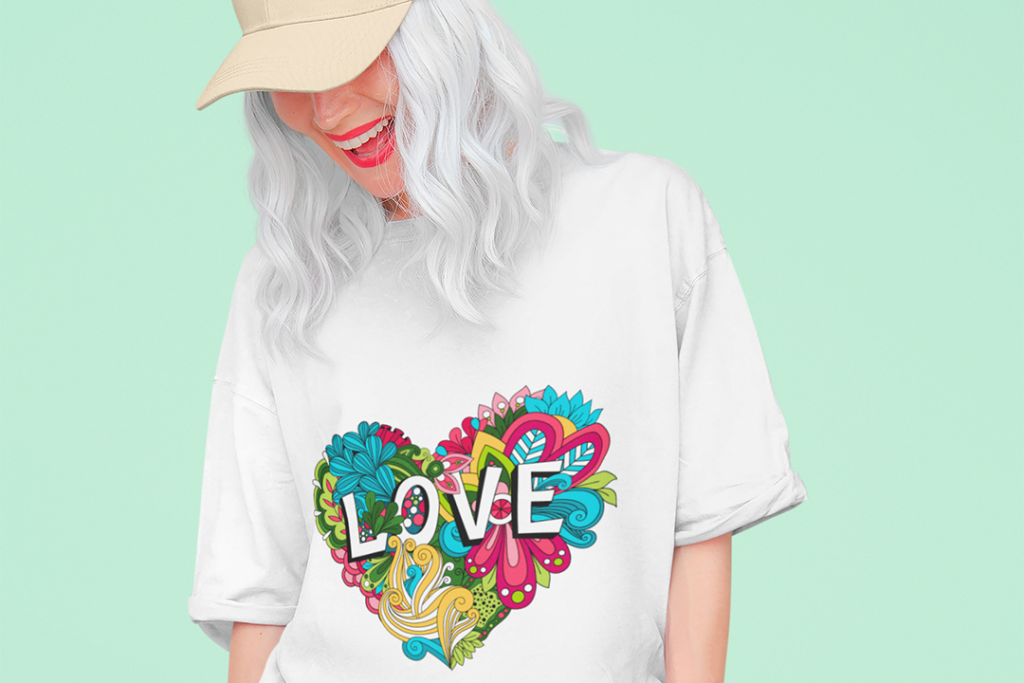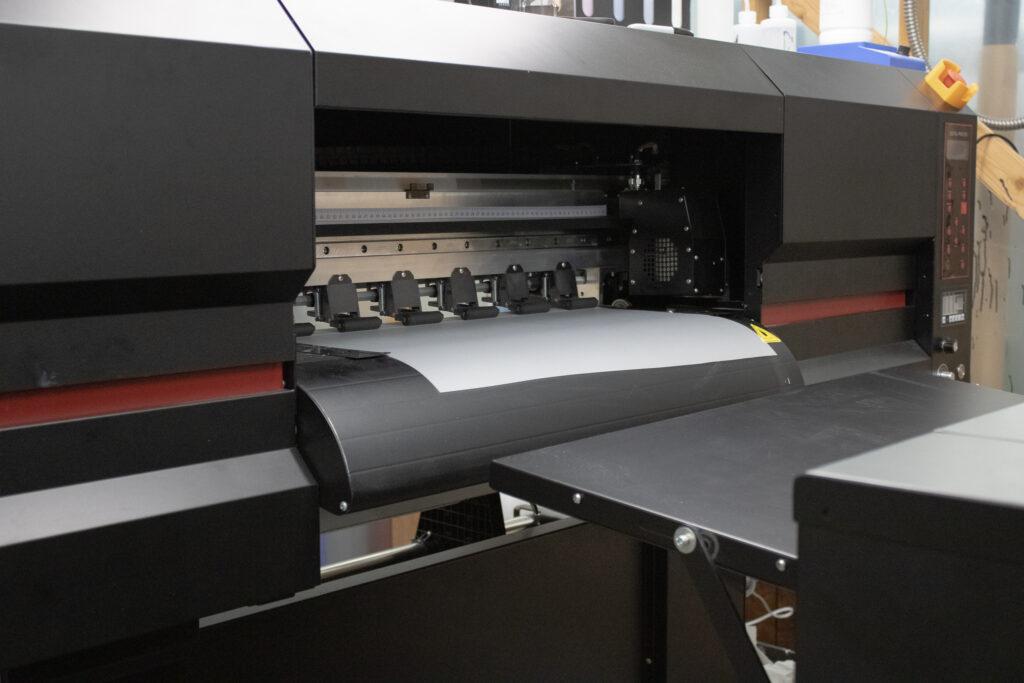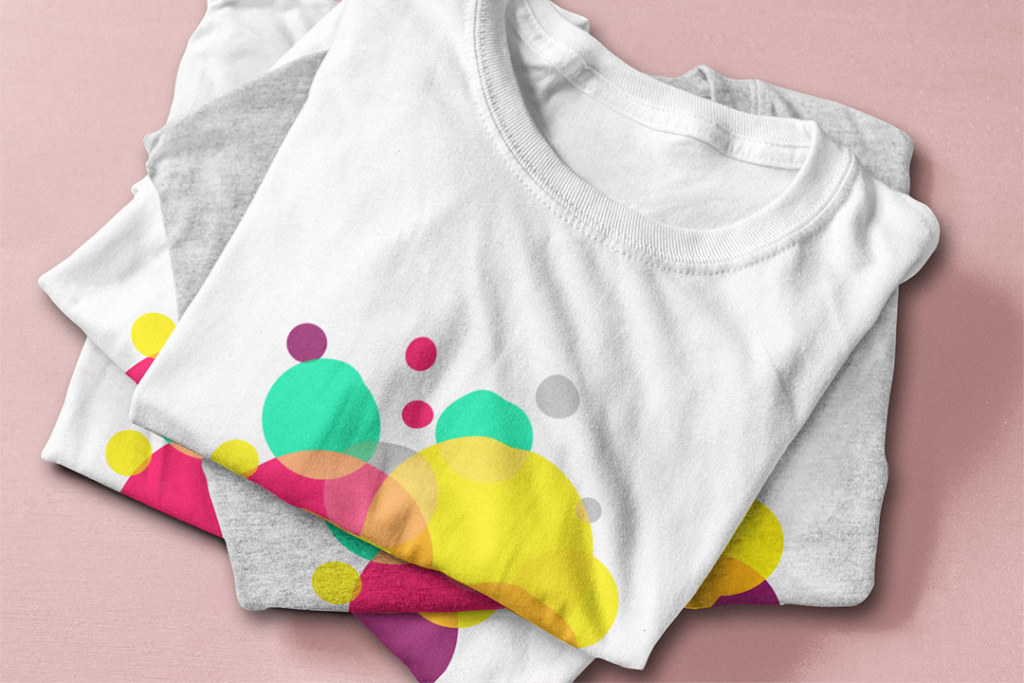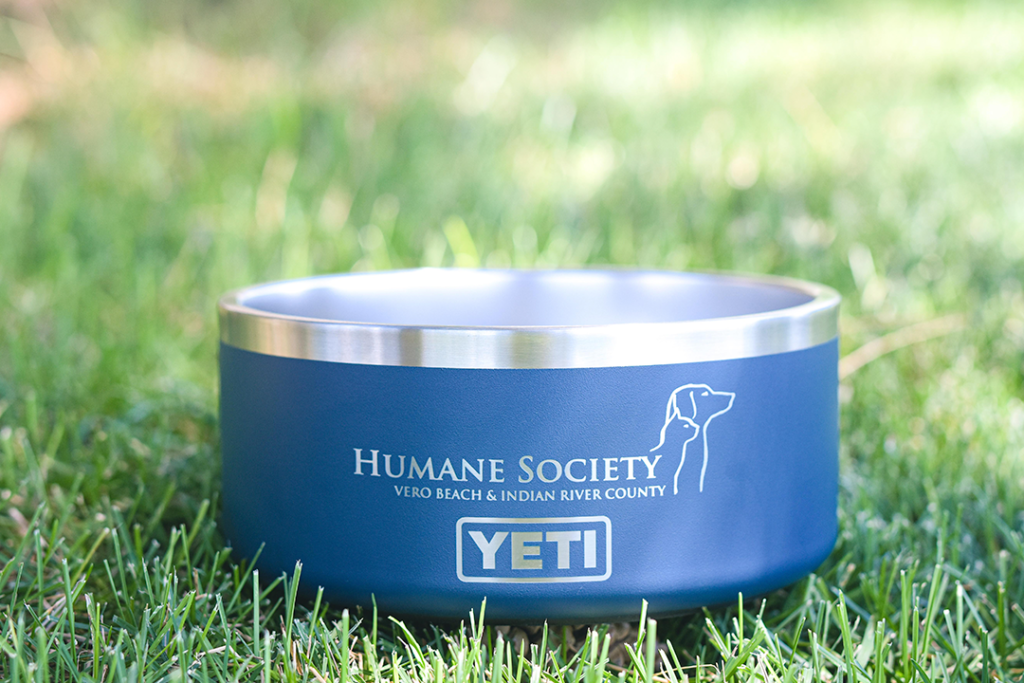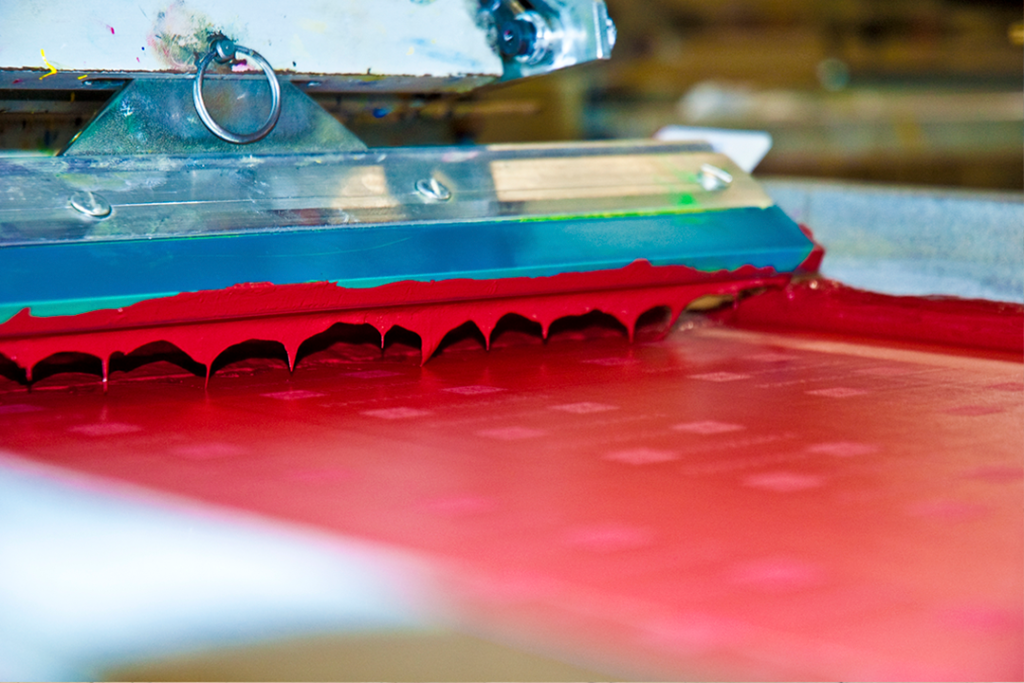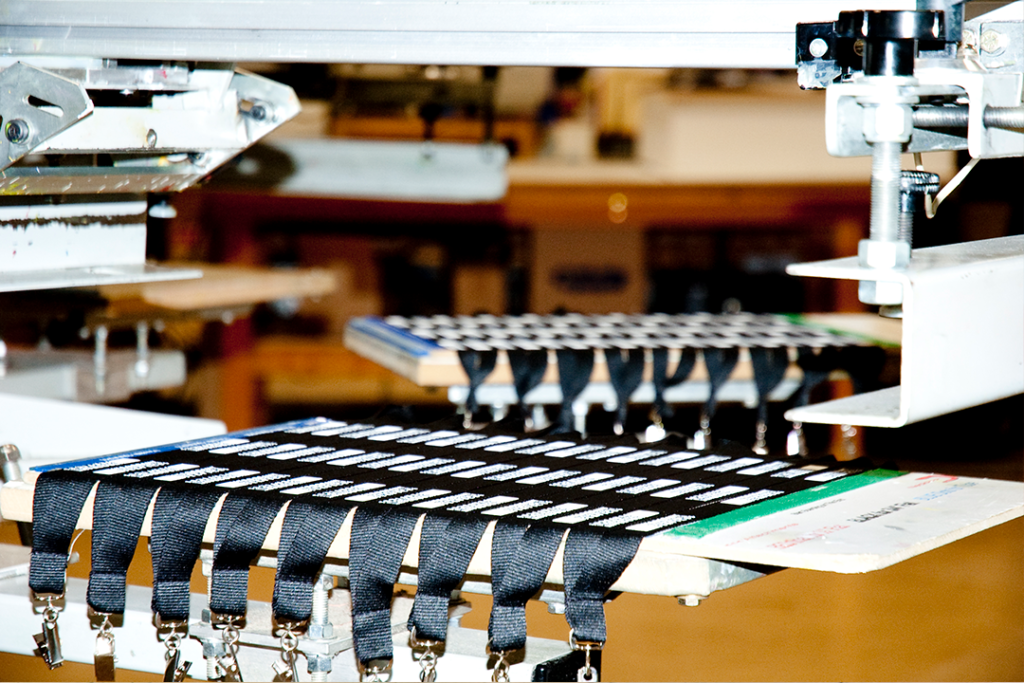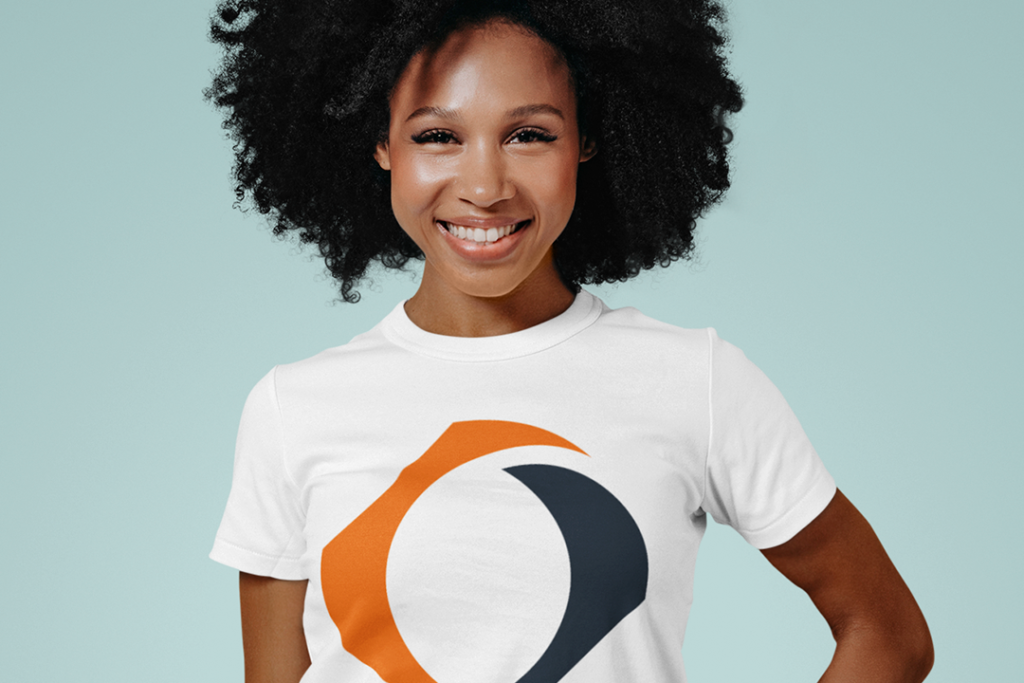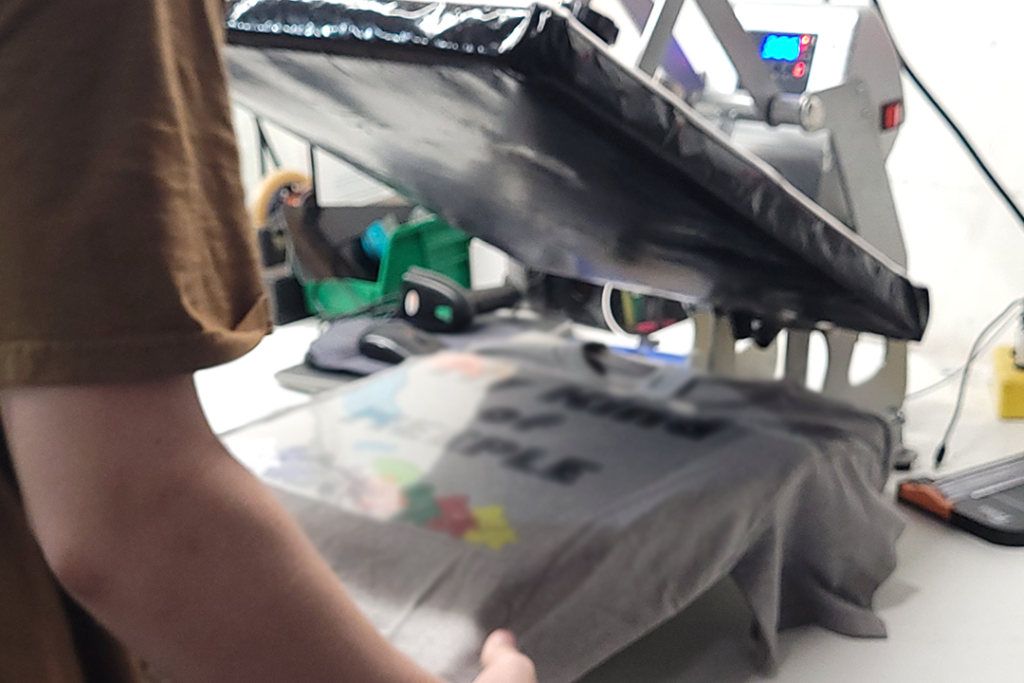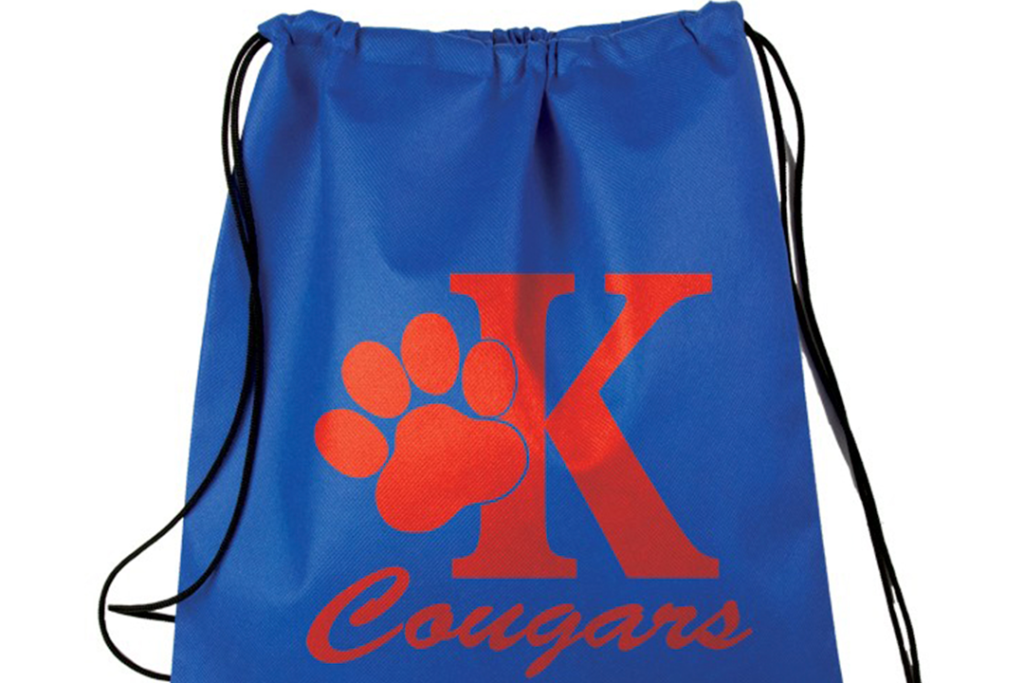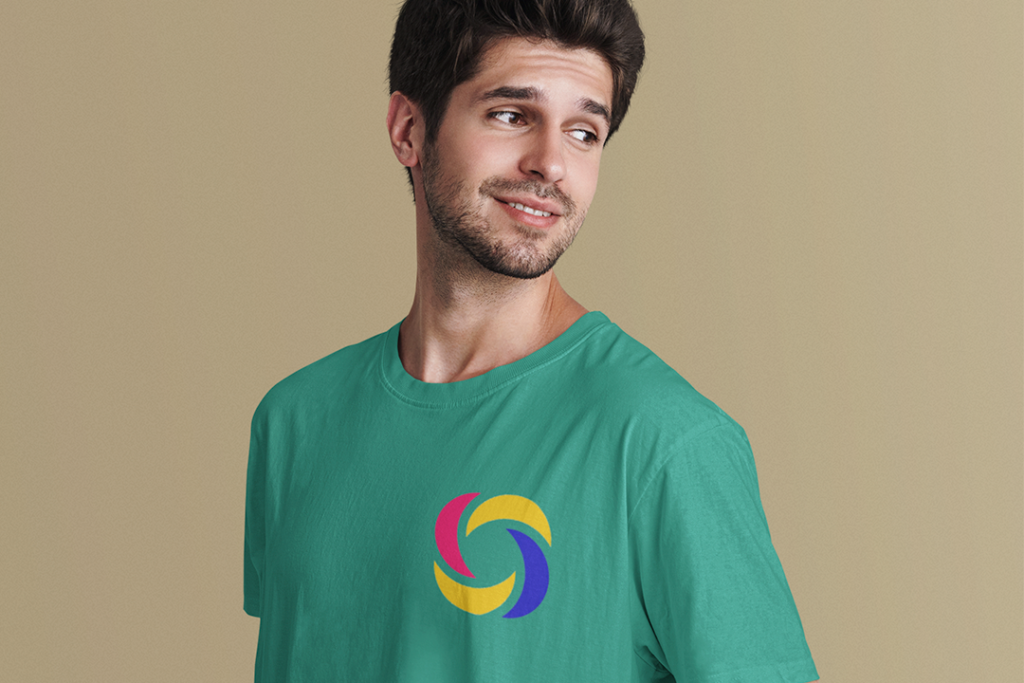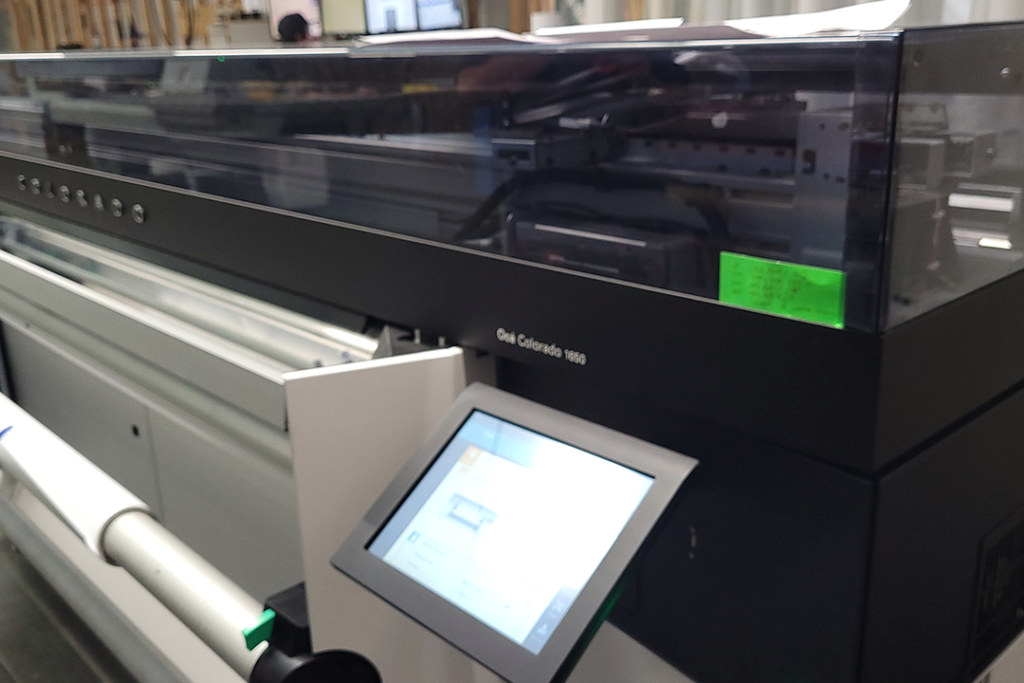Production Types
Laser Engraving

Pro’s
Classy, permanent form of personalization
Very cost-effective
Can be used to cut out specific shapes
Limitations
Only feasible with single-color designs
Darkness from laser varies by laser speed and depth
Things to Avoid
Low resolution (use Vector artwork!)
Multi-colored
Highly detailed graphics (small and intricate details are often excluded by laser)
Screen Printing

Pro’s
Most cost-effective for large quantities
Able to print in various locations on the item
Artwork is more resistant to fading after washing
Can print fine detail
Limitations
Higher setup costs than other methods
Screens must be redesigned for each order
Limited to 9 colors or so. i.e. not for photo-quality prints
Things to Avoid
Low resolution
Art with more than 9 colors; can still be done, but there will be surcharges
Photos; trying to print photos often results in grainy, off-colored print. Stick to vectors!
Embroidery
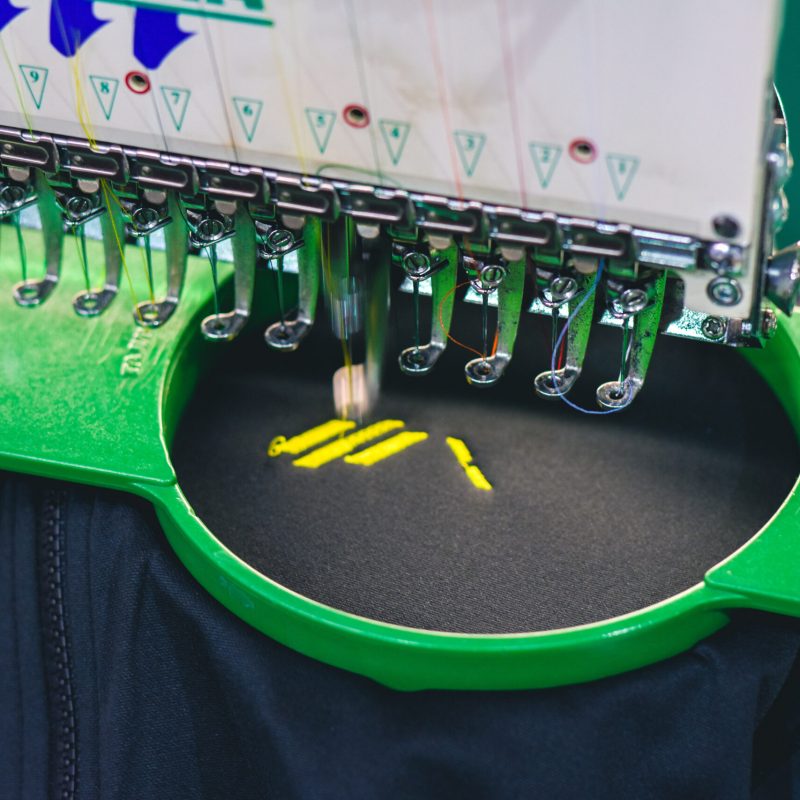
Pro’s
Permanent artwork/doesn’t fade
Process allows for single purchases
One-time setup fee (per artwork)
Can add designs to multiple locations on the same product
Limitations
Not ideal for full-color images
Artwork may “pucker” or curl over time
May alter the performance of waterproof fabrics
Things to Avoid
Low-resolution
Small fonts or fine detail
Gradient Images- every color in the design will be a separate thread, so any transitions will appear stark, not smooth and gradual.
Direct-to-Film / Heat Transfer
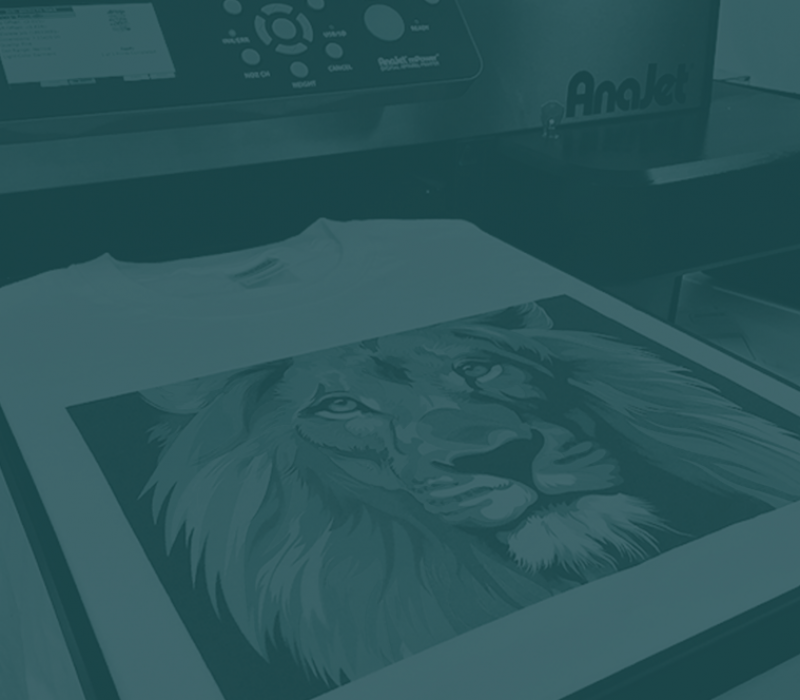
Pro’s
Ability to print intricate details with no color limitations, on a wide variety of apparels and fabrics
Great for on-demand and quick-ship orders
Limitations
Not optimal for large orders- stick to screen printing for any large print runs!
Things to Avoid
Avoid low resolution files! If the art is grainy or pixelated in the original file, that’s how it will look on the final product. As you’ll see, this is true for basically every production method.
